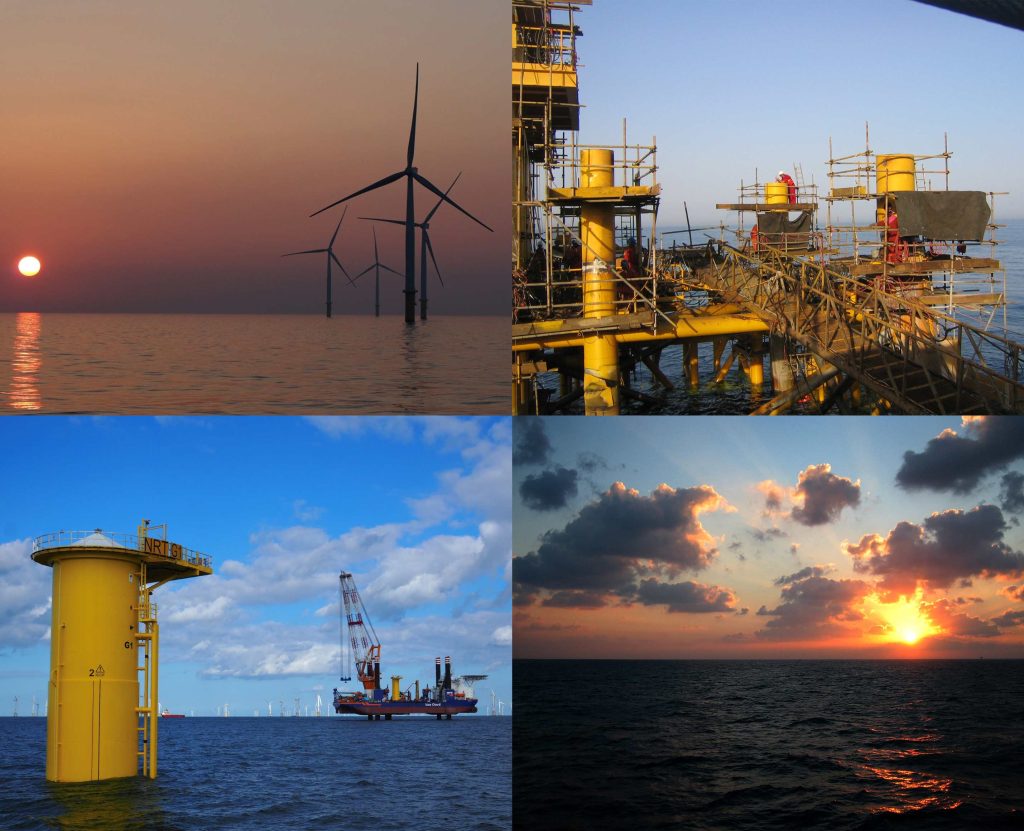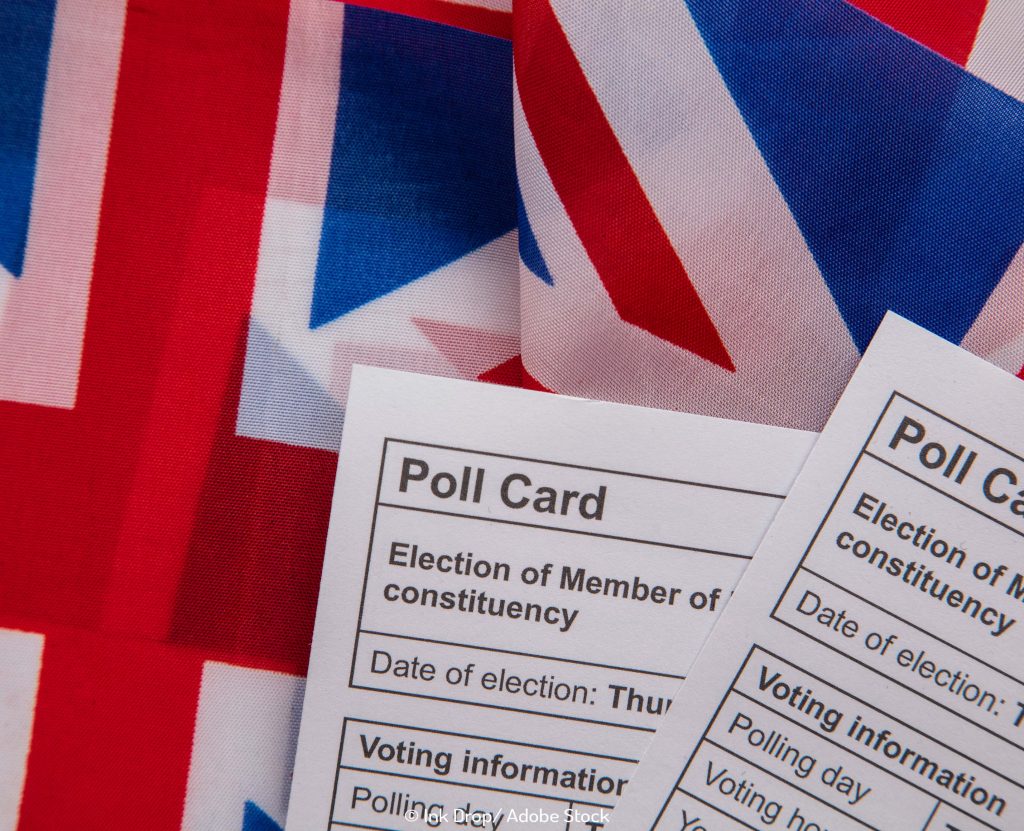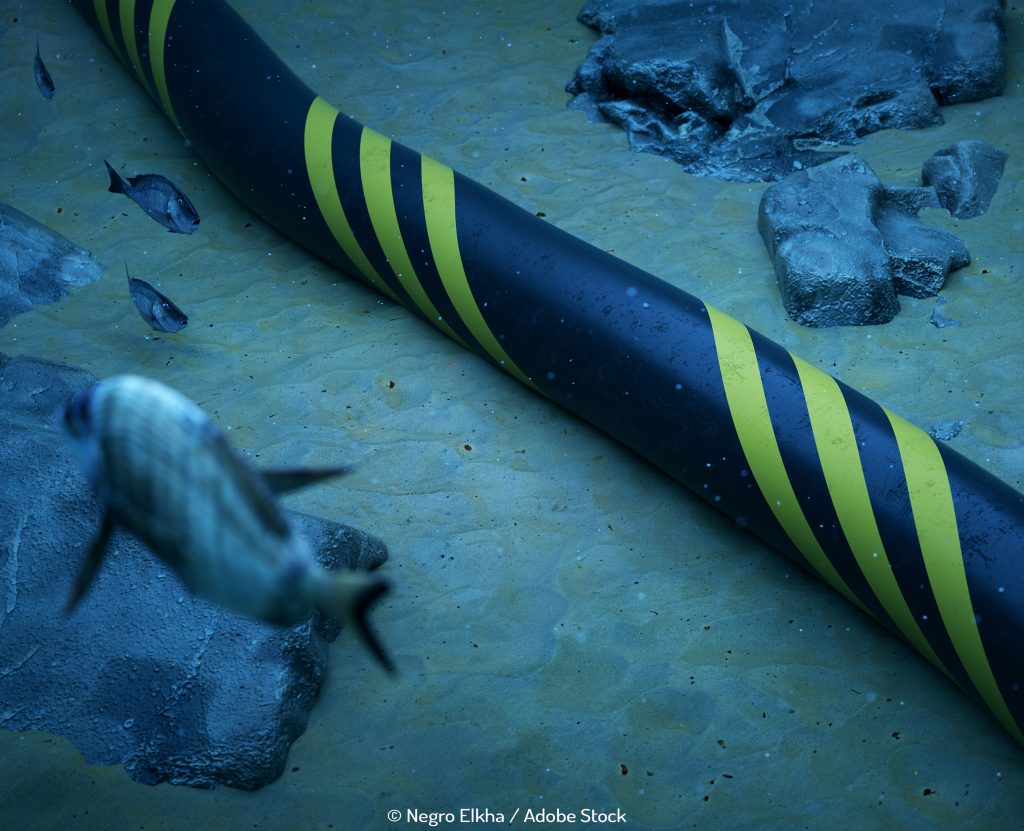
Day of the Seafarer with Daniel Gobbitt and Michael Sheppard
Last week we celebrated the Day of the Seafarer! This is an annual celebration that happens on the 25th of June and recognises the unique and vital role of seafarers in the global community.
This year’s theme is “Your voyage – then and now, share your journey” and we wanted to look at seafarer’s voyages to find out what has changed over time and what still needs an improvement because every seafarers’ journey is different, but they face similar challenges!
We spoke with our freelancers Daniel Gobbitt and Mike Sheppard to find out what remains at the heart of seafarers’ reality.
Daniel Gobbitt (DG) has been in the industry for 11 years and currently works as Senior Hydrographic Surveyor but does everything up to Project Manager and he says that his favourite parts of the job are the sea, the people, and the travel in equal measure! He shared these two pictures with us: the first one with the iceberg is from one of Daniel’s first trips offshore and was taken in Greenland back in 2010 and the second one is from his most recent project – a beach nourishment project on the East Coast of England.

Mike Sheppard (MS) was the first offshore freelancer Precise Consultants ever placed on a project 9 years ago. He has been working in the industry for over 20 years and his current role is Project Surveyor and Photogrammetry Lead. Mike says that things that he loves about his job are the ever-changing tech, the travel, and the people! He shared some of the pictures that he took during his time offshore!

In your opinion, how did the industry change over time?
Is the technology better?
DG: The technology advances that’s for sure, and with the advancement comes improvement – so yes, the technology is always getting better.
MS: The change in tech is phenomenal. The software on my first job offshore was DOS-based, GNS 1. We had horrible CRT monitors and screeching Epson line printers running 24/7. Now we have flat screens which don’t make your eyes water and internet (in most places). Also, we are now using computer vision for an increasing number of applications and machine learning to assist with automating previously labour-intensive tasks.
Are seafarers treated better?
DG: For people like me yes: vessels are built to higher specifications than they were before; however, the conditions which many people from outside Europe face, mean that for some, not much has changed and many people are still exploited.
MS: It is difficult to say as it has been a while since I was last offshore and even longer since I was somewhere other than the North Sea. I think certain standards such as safety are significantly better. The flipside of that is that there are stricter rules regarding port calls… Communication access is undoubtedly better. Gone are the days of a 10-minute call home a week (if you were lucky) on a SAT phone with so much lag that a normal conversation couldn’t be had.
Is the industry greener?
DG: It is a work in progress and things are getting better. Modern vessels use a lot less fuel, there is a drive to be greener, to be more sustainable in what we do. This is a really good thing as it is absolutely necessary. Biofuels and using urea additives to reduce emissions are becoming more widespread. What needs to happen is for contracts to specific about encouraging positive change. This does come at a cost – so it’s also incumbent on the end client to be prepared to pay more to companies that are doing the right thing and for the companies carrying out the contracts to work together with the end client to minimise environmental impact and maximise sustainability.
MS: Definitely. Don’t get me wrong there is still an awful lot of room for improvement, but I think in general there has been a positive move to reduce the environmental impact of the work being carried out.
Do you think more people understand the importance of hydrography?
DG: Most people use maps and navigation as part of their everyday life; for example, Google Maps or Sat Nav, so I think most people at least can grasp the importance of hydrography in terms of keeping shipping safe – if they stop and think about it! However, I still think it is quite an unknown vocation for the public at large!
MS: I would like to say yes but I don’t think so.
How did your career progress over the years?
Where did you go on your first trip offshore and what was your role back then?
DG: My first trip offshore was to Namibia. I was a Trainee Navigator in offshore geophysical exploration.
MS: I went to China as a Junior Surveyor with Racal. I stayed about 6 months the first time there so did a variety of jobs. The first trip to sea though was to install a positioning system on an FPSO.
What projects are your currently working on and what are your responsibilities?
DG: I am currently a Freelance Senior/Project Surveyor on the Harwich Deepening Van Oord and Boskalis Joint Venture. I have also been doing some Topographical Survey on the Environment Agency Annual Saltfleet to Gibraltar Point Beach Nourishment Project.
MS: Mostly photogrammetry projects, primarily land based but some subsea as well. I work with a global team to provide support for the preparation, acquisition, processing, and reporting of these projects.
What is the most valuable thing you have learned while working in this industry?
DG: That a project is only is as good as the team around it. I always seem to be super lucky and end up working constantly with great people.
MS: How to sleep anywhere =)
What was your most memorable trip and why?
DG: All the trips are amazing – for a myriad of reasons! The one that stands out is the lovely vessel I worked on for two years from 2018 on a variety of Offshore Windfarm Projects in Belgian, Dutch, German, and UK waters. I had been promoted to OCM/Party Chief on board leading Survey and ROV with some of the best people I’ve ever had the pleasure of working with – many of whom have become friends for life.
MS: I have enjoyed all my trips but one that stands out was a cable post lay burial job in the south China Sea. We got caught by 3 typhoons, one after the other. Undoubtedly the most extreme weather I have experienced!
What the future of seafaring entails?
What do you think is the main challenge seafarers face that needs to be addressed?
DG: Same as always has been, and one that is not so easy given the nature of the job – that is the mental and emotional pressure that comes from working away – also for the families that are left behind. Fortunately, we are living more and more in a world where these things are discussed and out in the open – still, the journey continues!
MS: The lack of industry-standard training for graduates when they first enter the industry… I have been fortunate that I joined the industry when companies still provided basic training to new graduates. I and about 20 other graduates spent 6 weeks in Yarmouth being taught the basics about the main positioning systems, software tools, fault diagnosis, first aid, etc. It was cross-discipline, so everyone had an understanding of the role of the others, and it provided a solid foundation for further development. We need that back.
Any word of advice for the next generation of seafarers?
DG:
– Always appreciate the rising and setting sun
– When things go wrong, tomorrow is another day
– Be part of the team
– And smile with gratitude at the amazing world we live in
MS: Don’t be scared to ask for help. Nobody knows or can do everything.
A huge thanks to Daniel and Michael for contributing to our article by sharing your experiences. We are very grateful for your participation.


